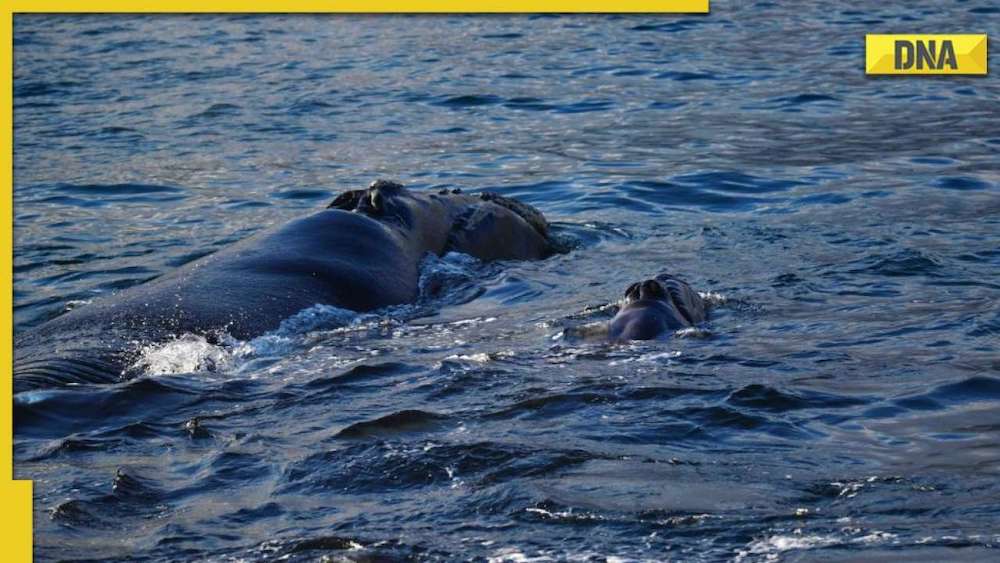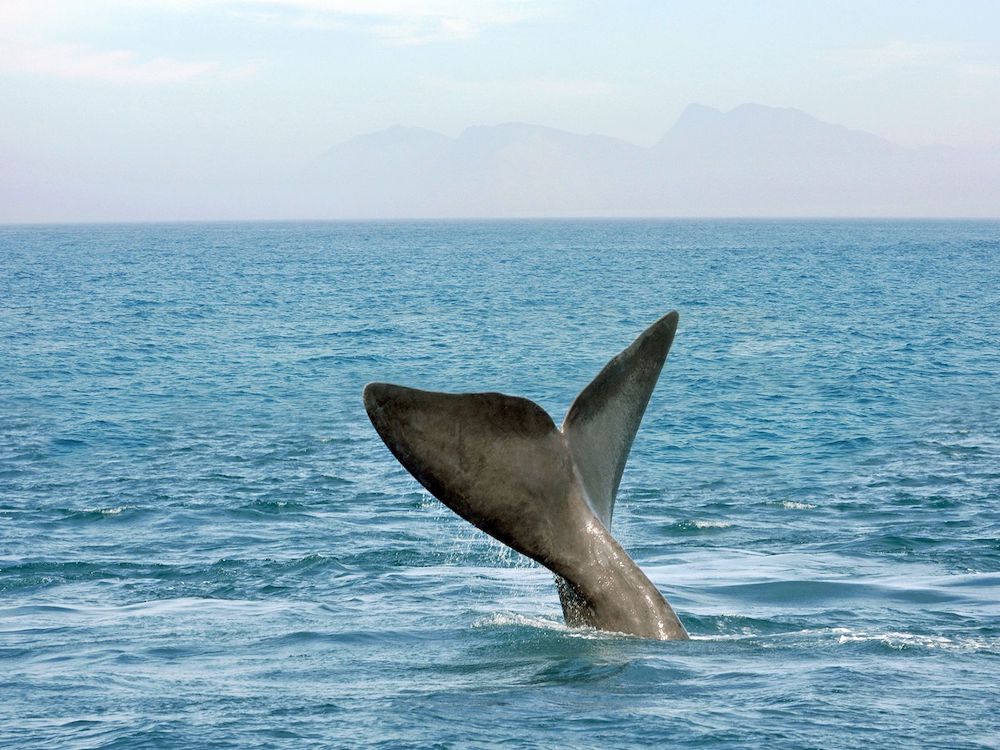Unbelievable footage of a whale giving birth off coast of South Africa – captured by a student

While on a whale watch off the coast of South Africa, two whale research students had the “most emotionally charged” experience of their lives.
Cynthia Barile, a PhD candidate from Galway, Ireland, was attending a conference in Cape Town, South Africa earlier this month when she and a friend decided to go whale observing.
On Twitter, Barile described witnessing the birth as “awesome.” “It was an incredible moment, so privileged, and probably one of the most emotionally charged of my life. Nothing in my life has ever made me feel more fortunate than witnessing a whale take its first breath.”
She boarded a Southern Right Charters Hermanus whale watch boat and set sail from New Harbour on South Africa’s Cape Whale Coast. Barile was out on the water when he noticed two Southern Right Whales near the surface.

Because Barile is studying bioacoustics and deep-diving cetaceans (the aquatic group of mammals that includes whales, dolphins, and porpoises), the opportunity to witness a live birth was especially special.
According to a South African tourism website, the peak whale watching season off the Cape Whale Coast runs from June to December, with calving season for the Southern Right Whale typically running from June to August. Calves can weigh anywhere from 2,200 to 3,300 pounds (1,00 to 1,500 kg) and measure 16 to 20 feet (five to six meters) long when they are born.

According to The MarineBio Conservation Society, Southern Right Whales got their name because they were historically the “right” animal for whalers to catch because they were typically found near the surface of the water. Because of this reputation, the animals were heavily hunted, and it is estimated that there were fewer than 300 Right Whales left in the wild before harpooning was banned in 1935.
According to the National Oceanic and Atmospheric Administration, the animals are still listed as endangered under the Endangered Species Act (NOAA).


















